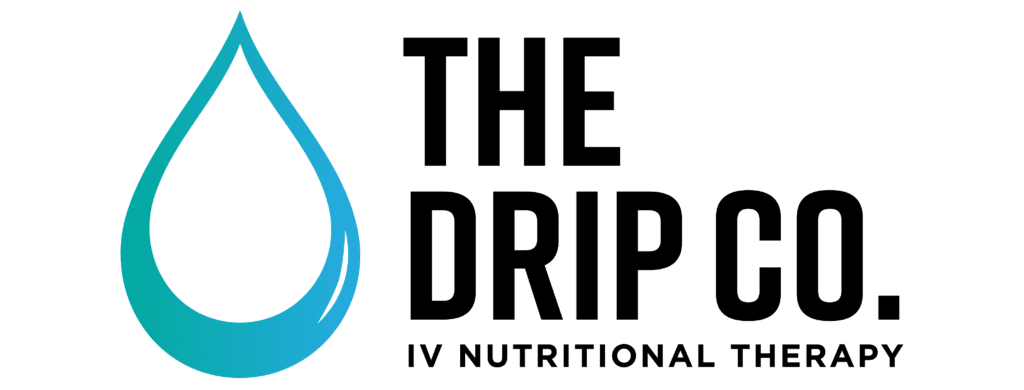Cupping Therapy
Wet cupping, also known as hijama, has been used for centuries across various cultures to promote health and wellness. This therapeutic technique is designed to support the body’s natural healing processes and help alleviate a wide range of ailments.
Wet cupping therapy involves using cups to create a gentle suction on the skin. The process begins by placing heated or vacuum-sealed cups on specific areas of the body. The suction draws blood to the surface, stimulating circulation and promoting detoxification. After a short period of suction, small incisions are made on the skin, allowing a controlled amount of blood to be extracted. The procedure is believed to remove toxins, improve blood flow, and support the body’s immune response.

Types of Cupping

Wet cupping

Dry cupping

Massage cupping

Facial cupping
Wet cupping therapy is renowned for its potential benefits, including:
Wet cupping, also known as Hijama, is believed to be useful for a variety of conditions, often focusing on the relief of pain and the improvement of circulation. It is commonly used in traditional medicine practices. Here are some conditions for which wet cupping is often applied:
Muscle Pain and Tension: Wet cupping is used to alleviate muscle pain, stiffness, and tension.
Migraines and Headaches: Some practitioners use wet cupping to help reduce the frequency and severity of migraines and other headaches.
Joint Pain and Arthritis: It may be used to manage symptoms of arthritis and other joint-related pain.
Detoxification and Blood Circulation: Wet cupping is believed to help remove “stagnant” blood, potentially aiding in detoxification and improving circulation.
Respiratory Conditions: It’s sometimes used to help with respiratory issues like asthma and bronchitis.
Skin Conditions: Some practitioners apply wet cupping for conditions like eczema and acne.
Digestive Disorders: It may be used to address certain digestive issues or promote gastrointestinal health.
Menstrual Discomfort: Wet Cupping sometimes used to alleviate menstrual cramps and other menstrual-related discomfort.
Immune System Support: Some proponents of wet cupping believe it can boost the immune system by stimulating the body’s natural healing processes.

When you book a wet cupping session with us, you’ll receive personalized attention from our experienced practitioner. Each session begins with a consultation to understand your health needs and goals. We use sterile equipment and follow strict hygiene protocols to ensure your safety and comfort.
The procedure typically involves the following steps:
- Preparation: The practitioner cleans and prepares the selected areas.
- Suction: Cups are applied to create suction, drawing blood to the surface.
- Incisions: Small, superficial incisions are made to allow the extraction of blood.
- Reapplication of Cups: The cups are reapplied to remove the blood and any accumulated toxins.
- Aftercare: Once the procedure is complete, the practitioner will provide aftercare instructions and apply antiseptic to the treated areas.
Frequently Asked Questions (FAQs)
Wet cupping therapy, also known as hijama, is an ancient healing technique in which suction cups are used to draw blood to the skin’s surface, followed by small incisions to extract a controlled amount of blood. It’s believed to promote detoxification, improve blood flow, and alleviate pain and inflammation.
The suction from the cups can feel like a firm pressure or mild pulling on the skin. The small incisions may cause slight discomfort, but they are generally shallow and quick. Most people find the experience tolerable, and some even find it relaxing.
Wet cupping therapy is used for various conditions, including muscle pain, tension, headaches, stress, inflammation, menstrual discomfort, and digestive issues. Some people also use it to improve general wellness and detoxification.
When performed by a trained practitioner using sterile equipment and proper techniques, wet cupping therapy is generally considered safe. However, like any procedure involving skin incisions, there is a risk of infection, bruising, or scarring. At The Drip Company we use the strictest hygiene protocols to ensure safety.
A typical wet cupping session lasts 30 to 60 minutes, depending on the areas treated and the number of cups used. This includes preparation, the cupping procedure, and aftercare.
Before your session, it’s best to stay hydrated and avoid meals for 2-4 hours. Refrain from alcohol or other substances that might affect blood flow. Wear comfortable clothing, and inform your practitioner of any health conditions or medications you are taking.
After the session, the treated areas may be sensitive, and you might notice mild bruising or redness. Avoid touching or scratching the treated areas. Follow the practitioner’s aftercare instructions, which include applying oils, avoiding hot showers, and resting the treated areas for a day or two.
Wet cupping therapy may not be suitable for everyone. Pregnant women, people with blood clotting disorders, those on blood-thinning medications, or individuals with certain medical conditions should consult a healthcare professional before trying wet cupping. Always discuss your health history with the practitioner to determine if wet cupping is right for you.
